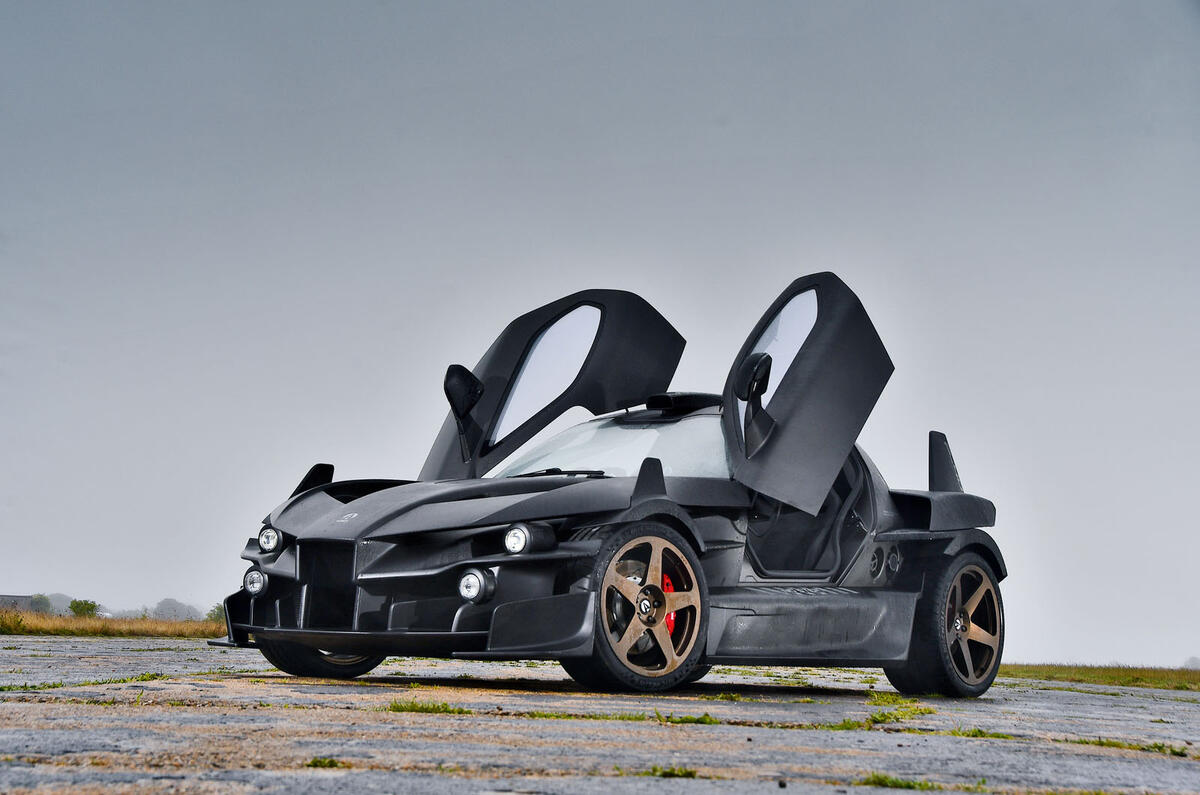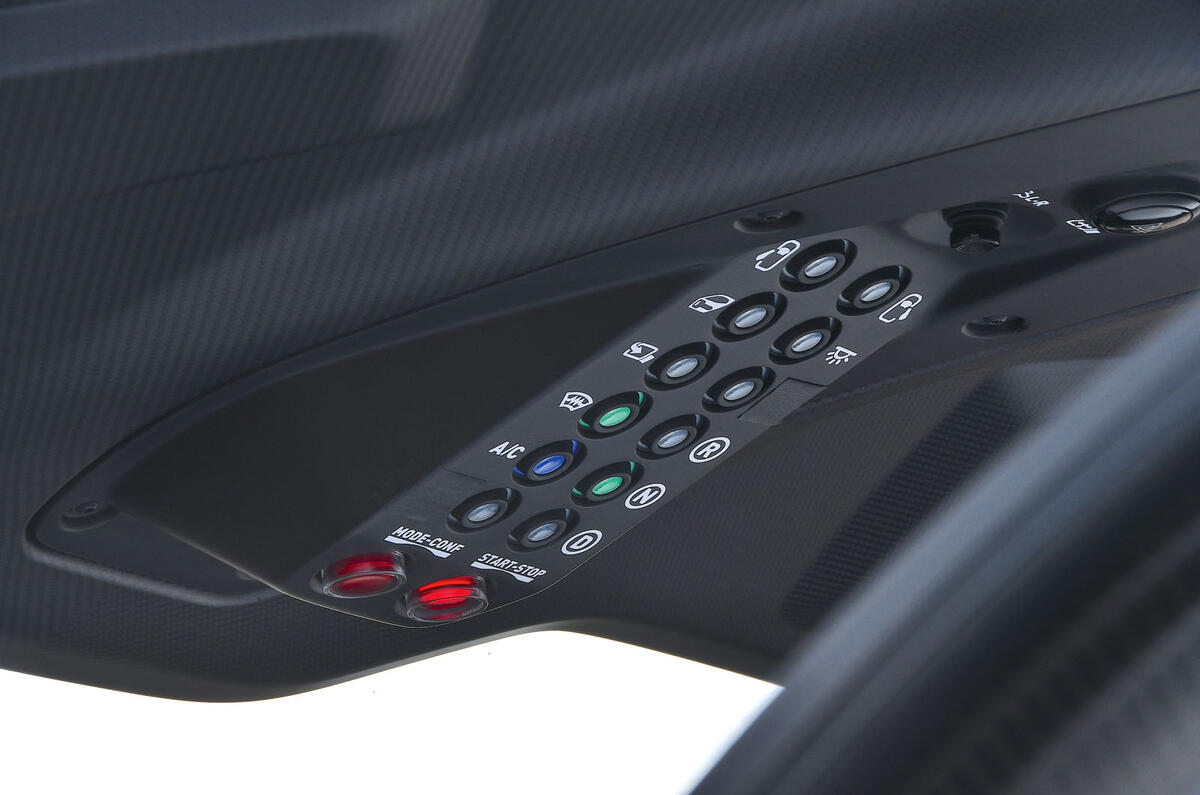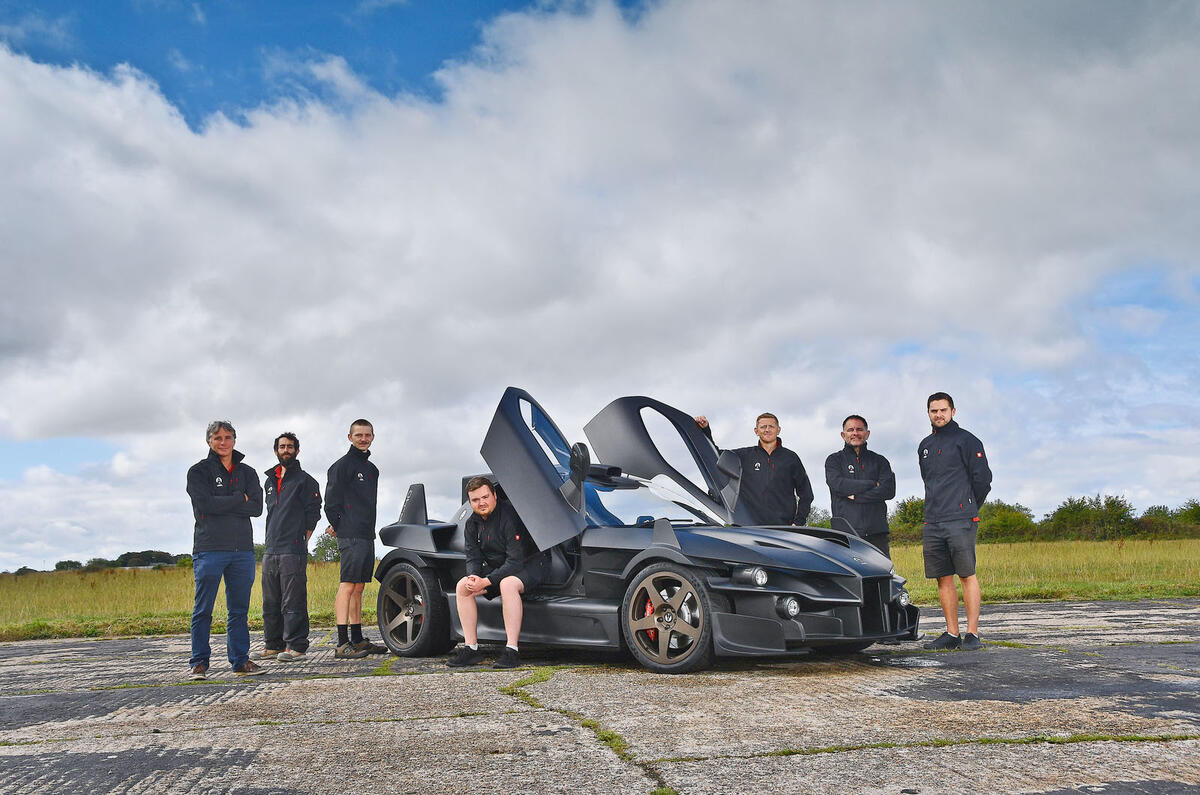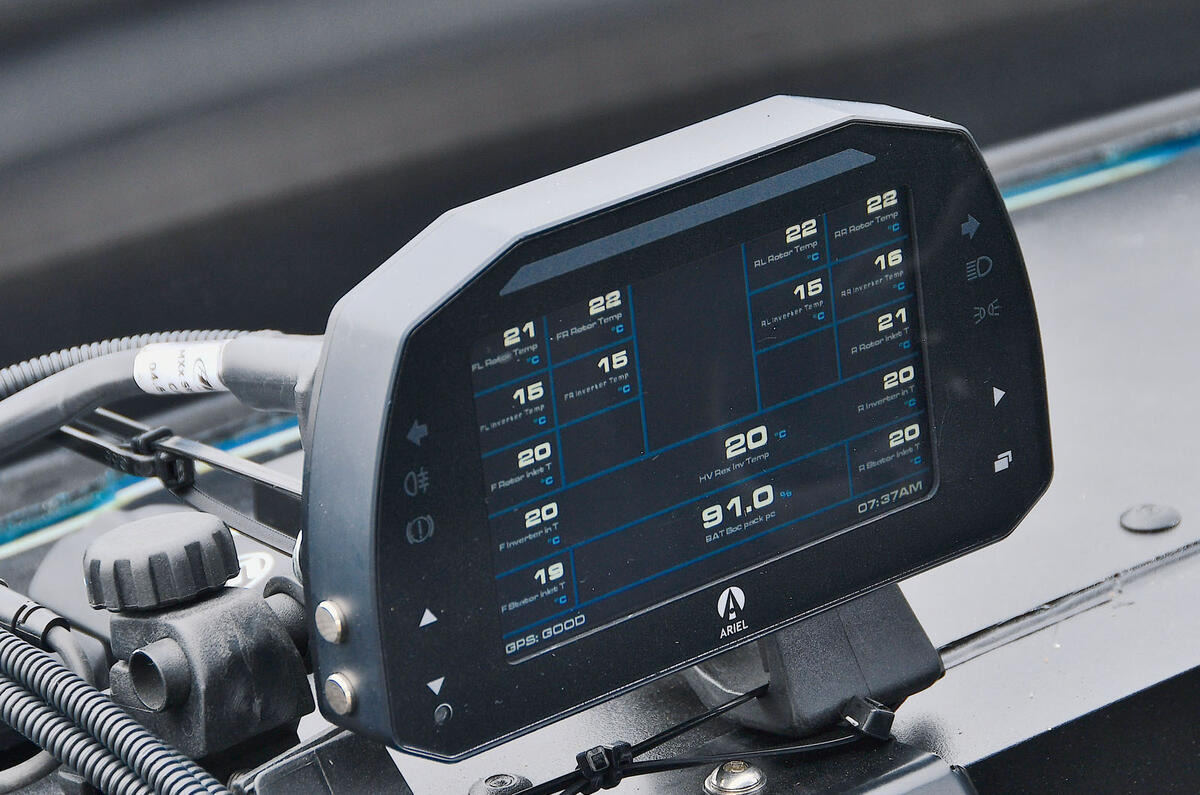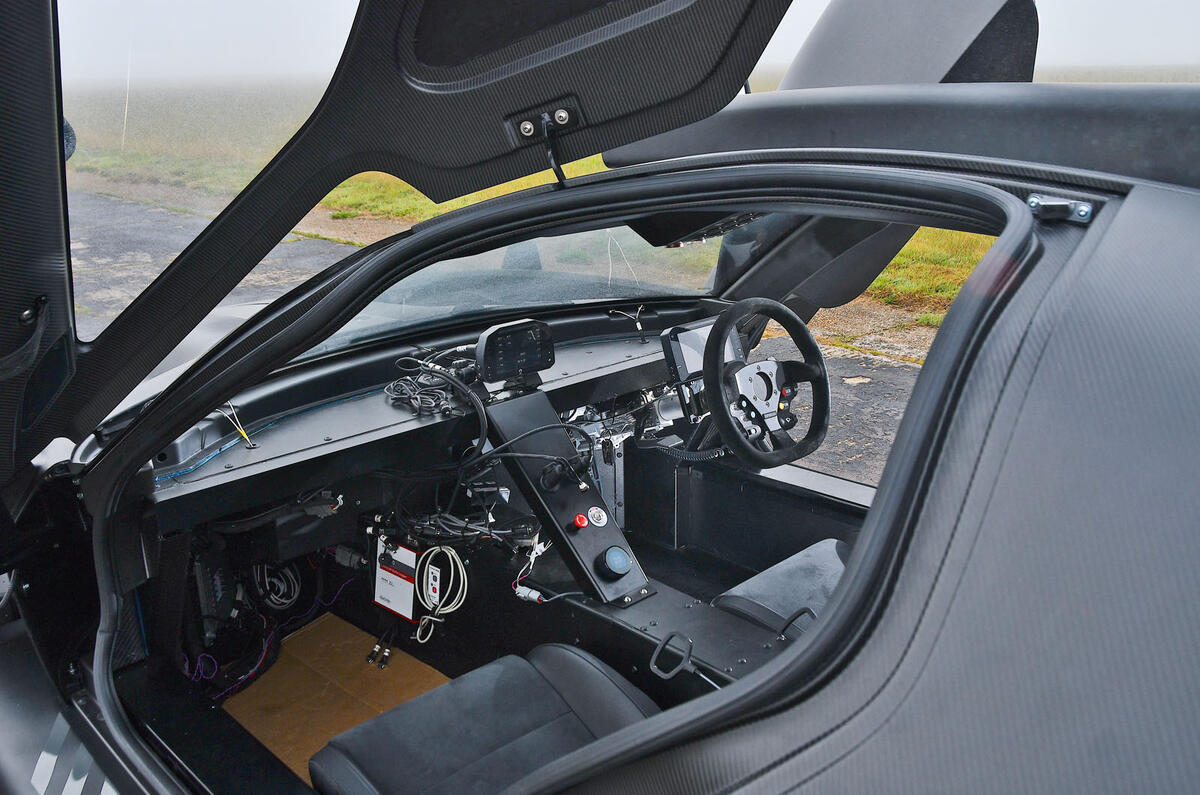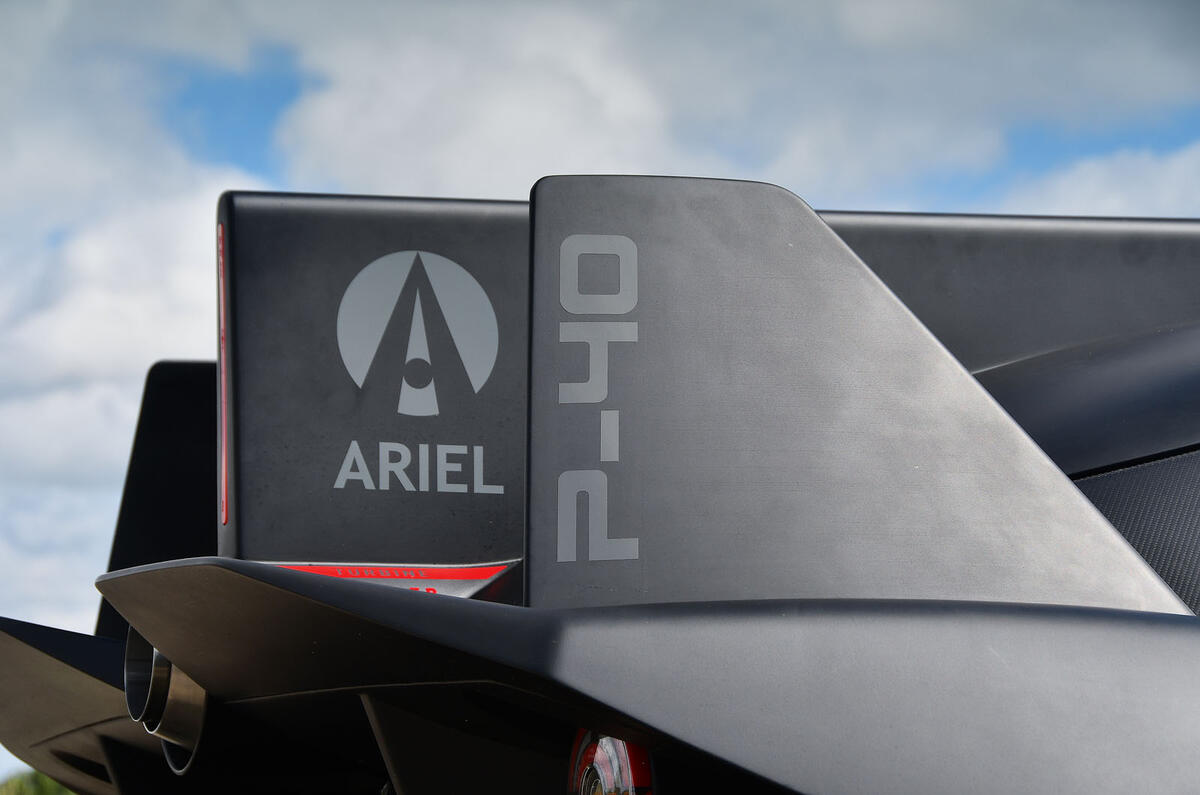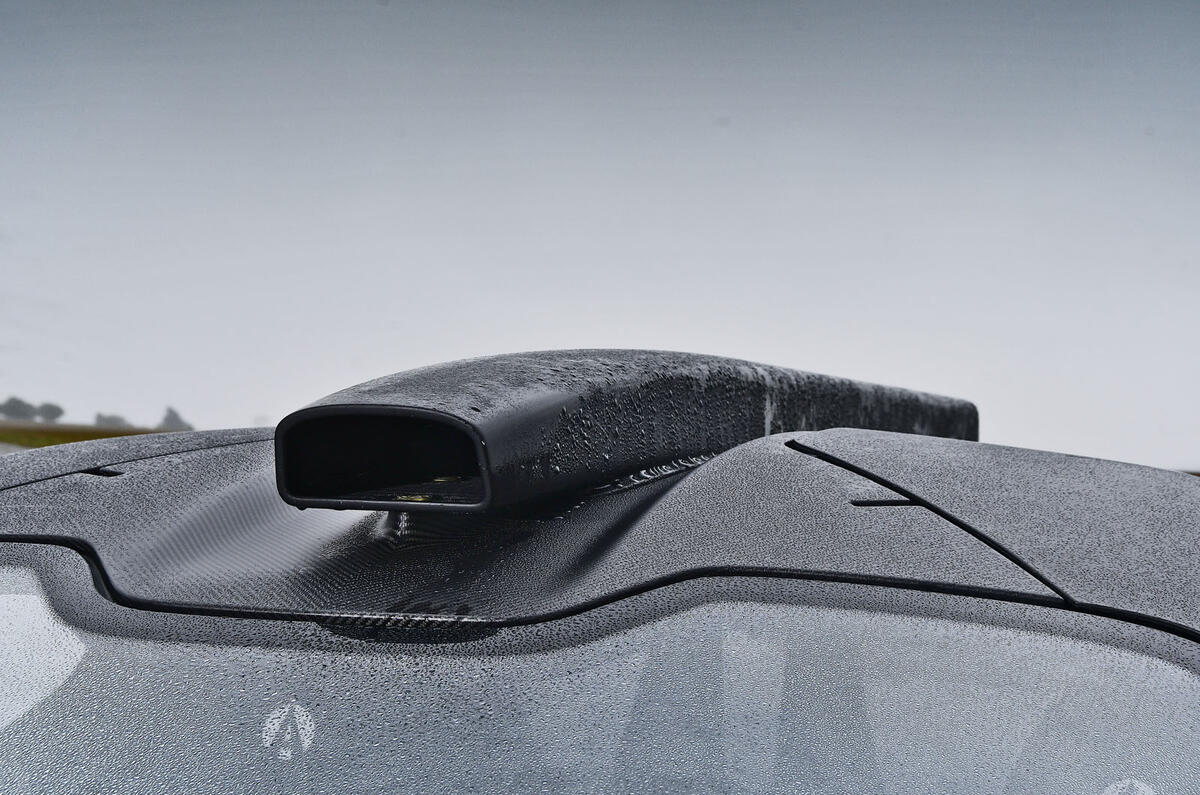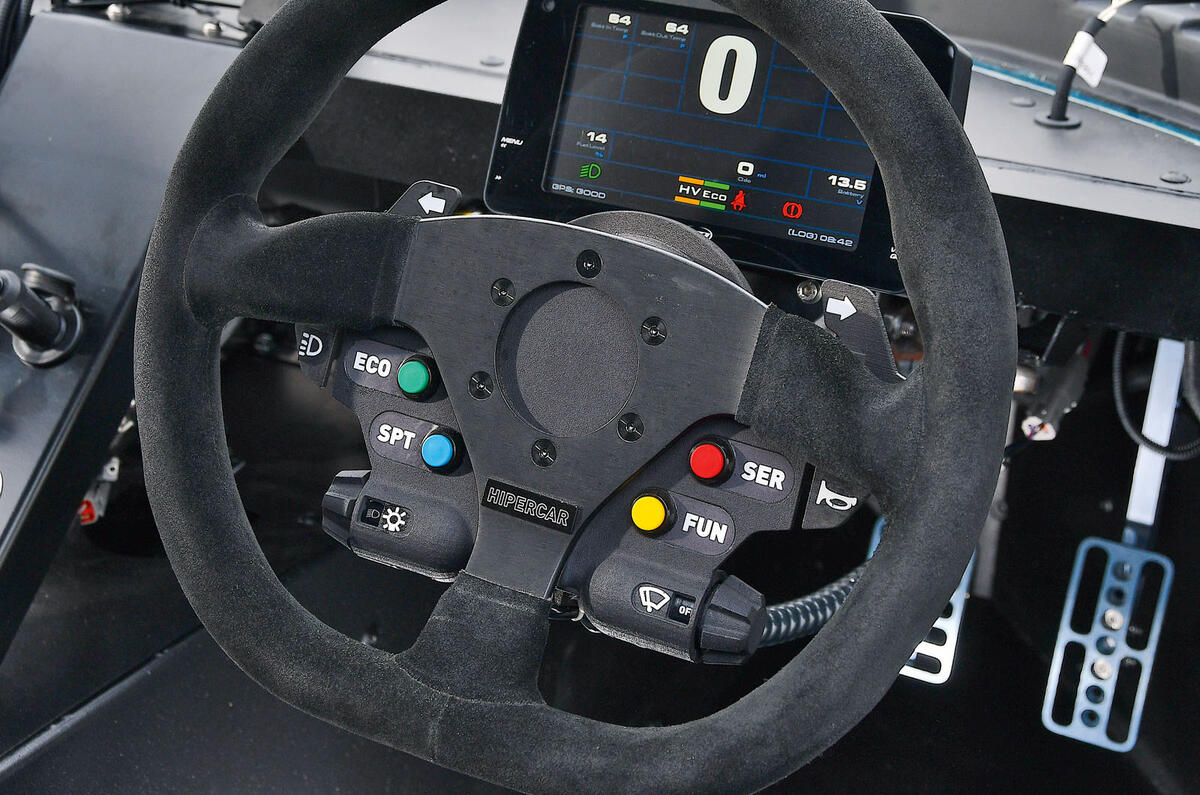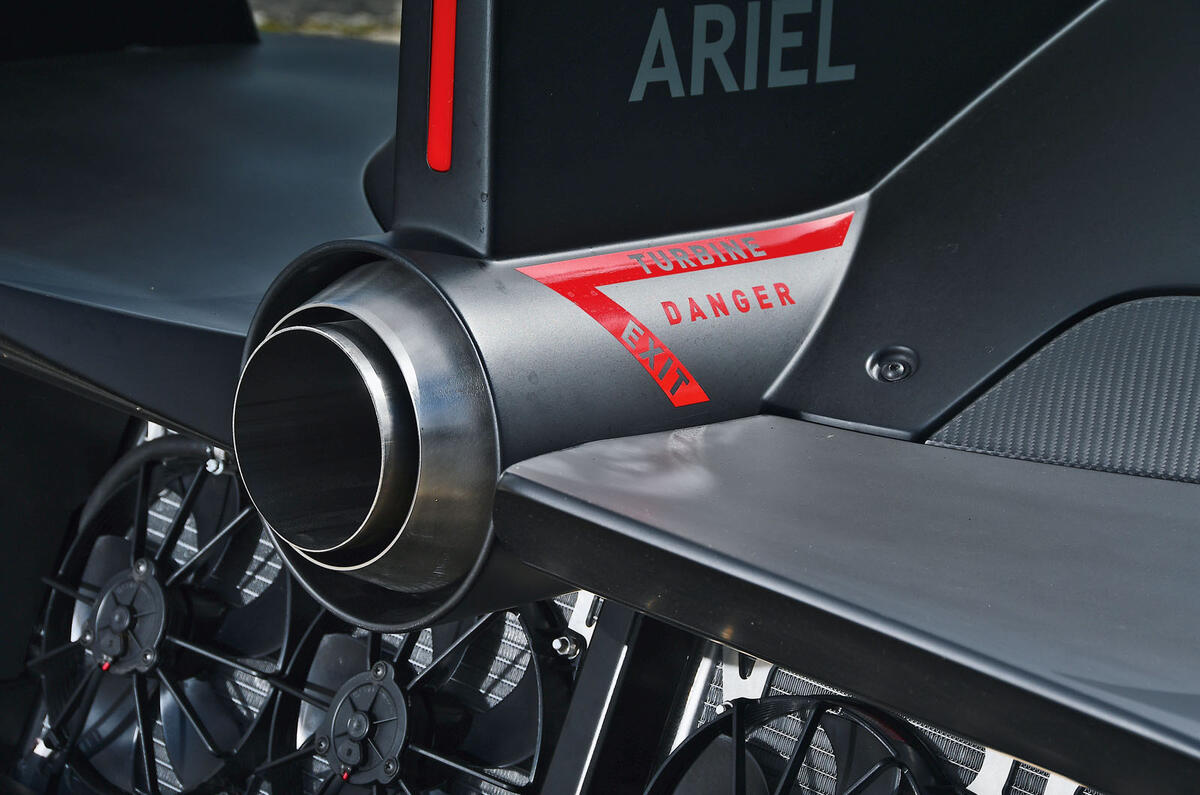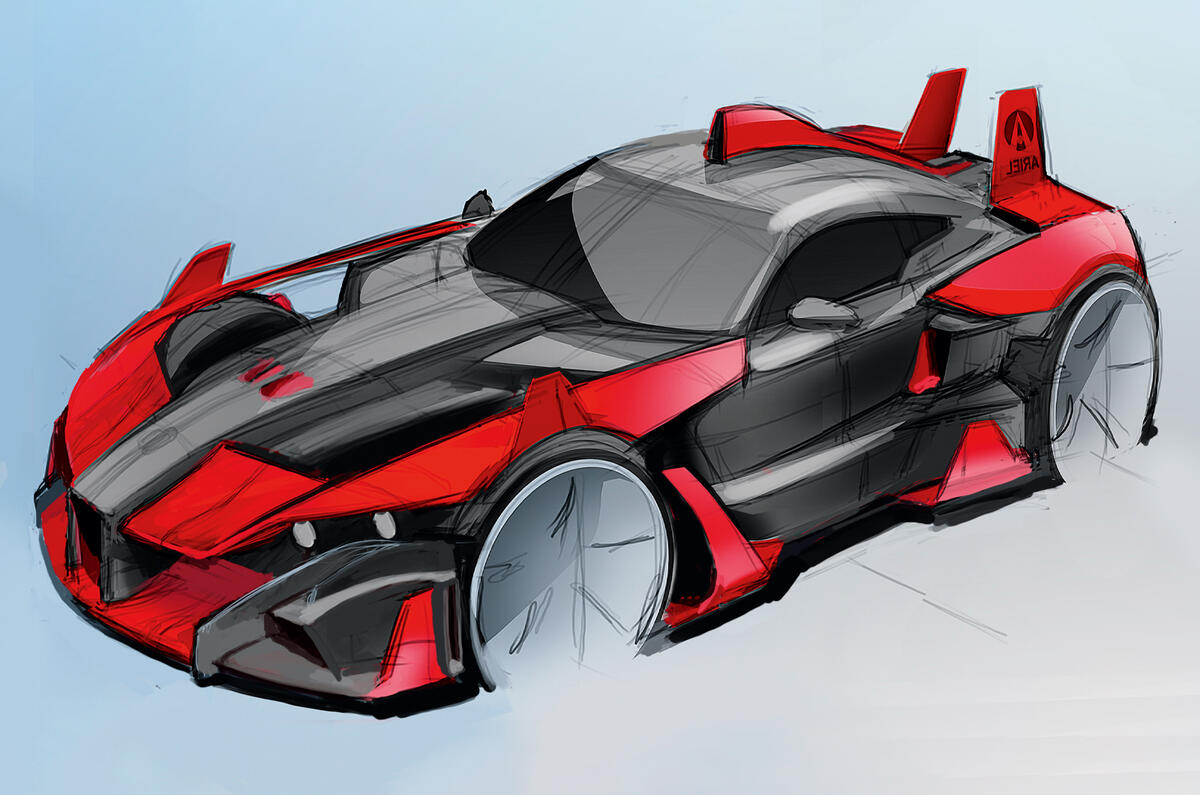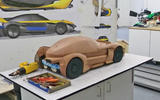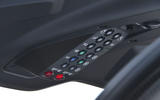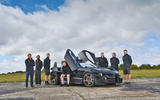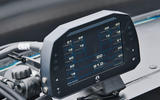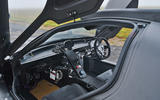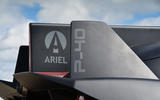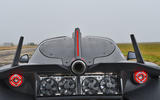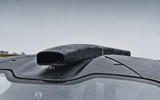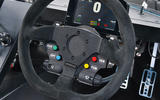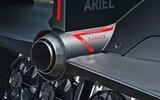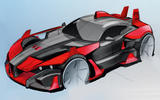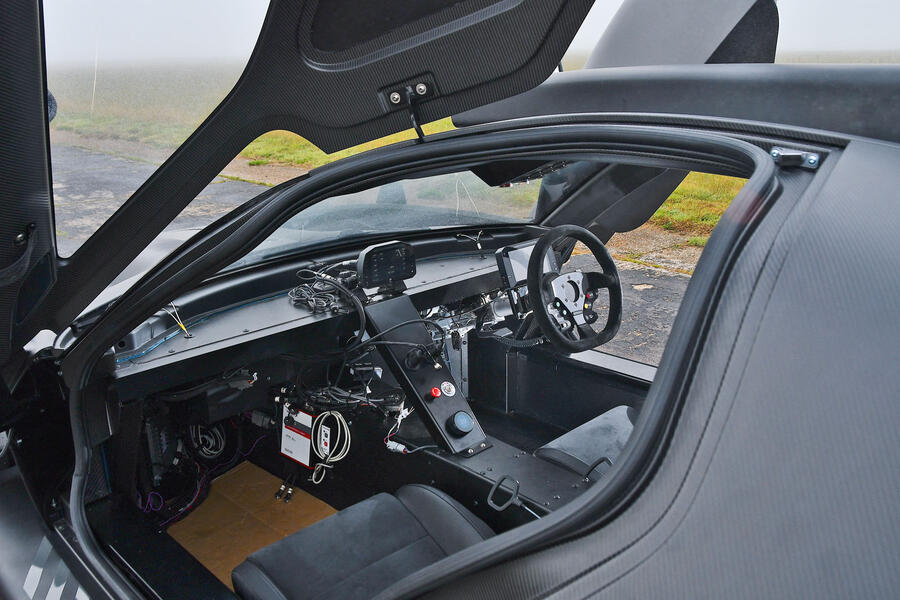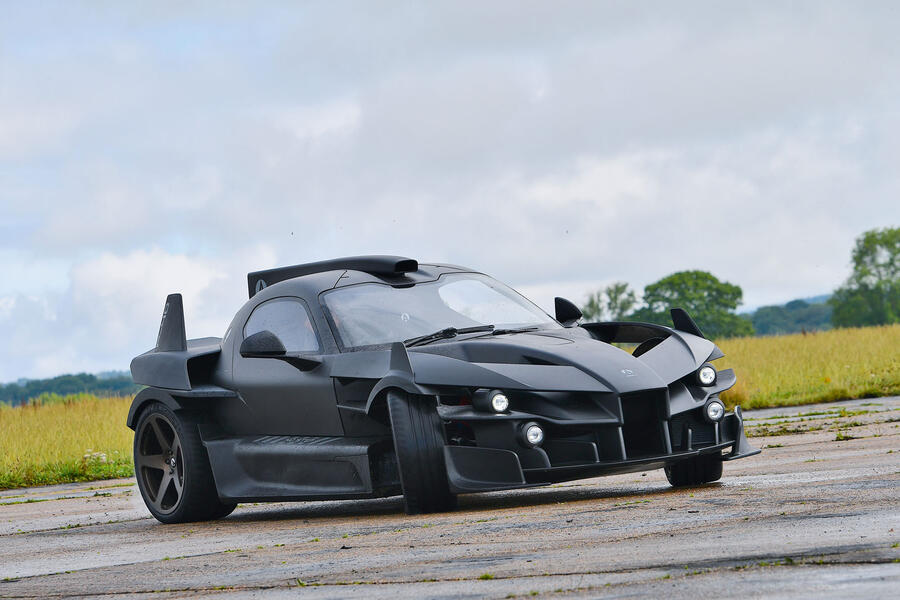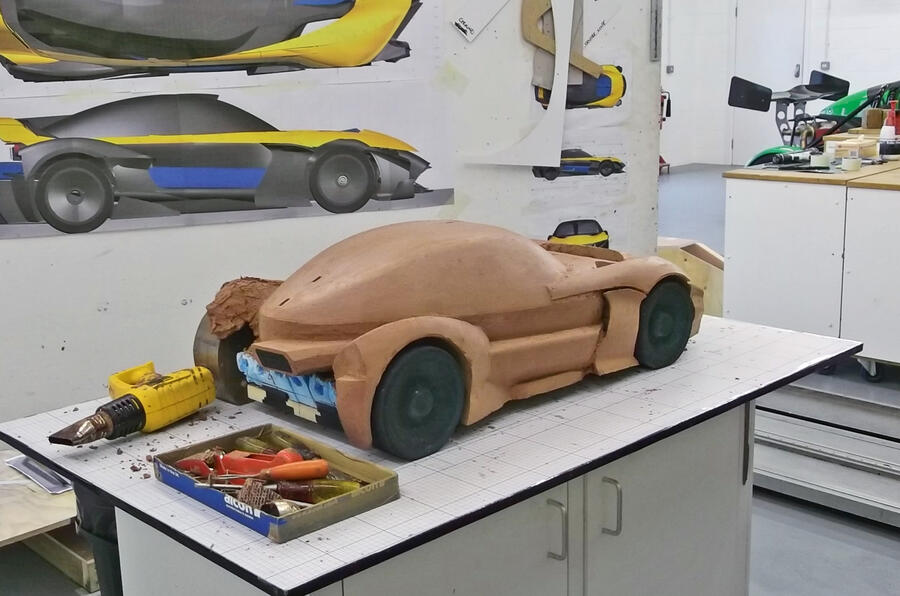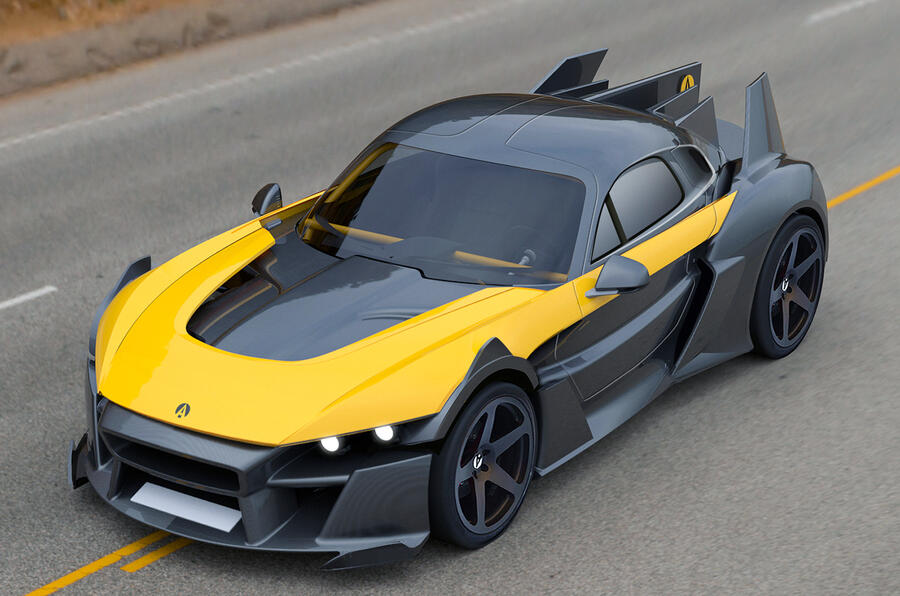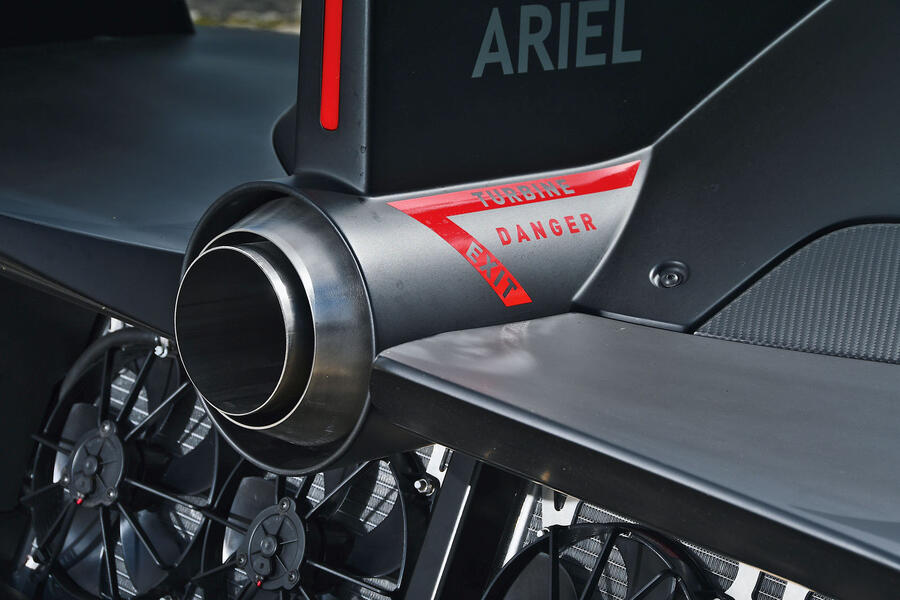Currently rolling out from under the domed roof of a Race Shuttle trailer is an advanced taste of things to come from a small, independent British car-maker with big ambitions: the Ariel Hipercar.
A fairly compact, unconventional, insectoid-looking supercar with a closed cockpit, dihedral doors, some huge aero fins, and hindquarters that could have been donated by a jet aircraft, it gently drops off the trailer ramp, and then just sits there – so bold as to be almost indecent in places – ready for closer inspection.
It’s a long way from an Atom, in more ways than one. This is the jawdropping electrified Ariel Hipercar – and today, we will be among the very first in the world to drive it.
It’s early on a foggy Tuesday and we’re on a disused airfield, only about 20 miles from Ariel’s Somerset base. The old runways here look dishevelled to say the least (the last time they had fresh bitumen, the landowner says, was when they needed to be concealed from the airborne gaze of the Luftwaffe).
If we were about to get a look at the first electric model from a more typical sports car brand – Porsche, Ferrari, Mercedes-AMG, you name it – we’d be in an air-conditioned auditorium instead, in front of a tennis court-sized projection screen, bombarded with lasers and atmospheric music; and you can bet that we wouldn’t be going anywhere near a driver’s seat. Thankfully, Ariel does things a little differently – and today there is nowhere else in the world I’d rather be.
Wow, this thing is an eyeful – a bit like some remodelled McLaren SLR with a Napoleon complex. Ariel boss Simon Saunders says they worked through plenty of other more conventional-looking, conventionally aerodynamic low-drag designs but rejected them all because they weren’t daring enough.



